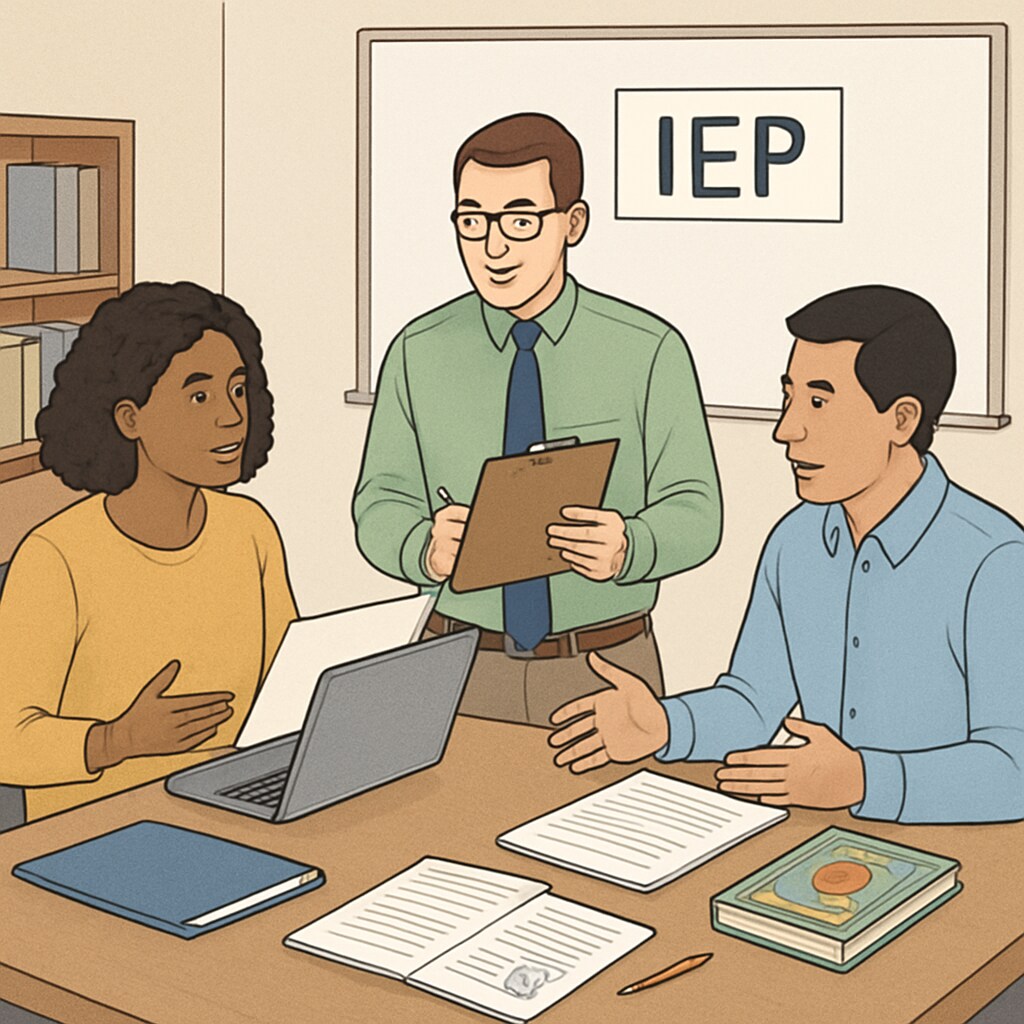Working in special education, particularly with children on the autism spectrum, is both challenging and deeply rewarding. Teaching assistants play a crucial role in supporting these children’s learning and emotional well-being. However, embarking on this journey requires preparation, empathy, and a willingness to continually grow. This article delves into the unique challenges of working with children on the autism spectrum and offers practical advice for those seeking to make a meaningful impact in this field.
Understanding Autism Spectrum Disorder (ASD)
Before stepping into the world of special education, it is essential to have a clear understanding of Autism Spectrum Disorder (ASD). Children with ASD display a wide range of abilities, behaviors, and challenges. These may include difficulties with communication, repetitive behaviors, and sensory sensitivities. In addition, many children on the spectrum possess unique strengths, such as strong memory skills or exceptional focus in specific areas. Recognizing both the challenges and the strengths of children with ASD is key to supporting their growth effectively.

Challenges Faced by Special Education Teaching Assistants
The role of a teaching assistant in special education is multifaceted, and the challenges can be significant. Some common difficulties include:
- Behavioral Challenges: Managing meltdowns, self-stimulatory behaviors, or aggression requires patience and skill.
- Communication Barriers: Nonverbal students or those with limited speech may require alternative communication methods, such as visual aids or assistive technology.
- Emotional Impact: Supporting children with ASD can be emotionally taxing, especially when progress is slow or setbacks occur.
Despite these challenges, the rewards far outweigh the difficulties. Witnessing a child achieve milestones, no matter how small, is incredibly fulfilling.
Preparing for Success in Special Education
Preparation is critical for those looking to thrive as teaching assistants in special education. Here are some key areas of focus:
- Professional Development: Take courses or workshops on autism and special education strategies. Organizations such as the Autism Speaks Foundation offer valuable resources.
- Empathy and Patience: Cultivating a deep sense of empathy and maintaining patience are essential for building trust with children on the spectrum.
- Collaboration: Work closely with teachers, therapists, and parents to ensure a consistent approach to each child’s education and care.
Additionally, familiarize yourself with Individualized Education Programs (IEPs), as these documents outline the specific goals and accommodations tailored to each student.

Self-Care for Teaching Assistants
While focusing on the needs of children, it is easy for teaching assistants to overlook their own well-being. However, self-care is vital to sustaining a long and fulfilling career. Here are some tips:
- Set Boundaries: Avoid overextending yourself and learn to say no when necessary.
- Seek Support: Regularly connect with colleagues or mentors to discuss challenges and share strategies.
- Prioritize Rest: Ensure you get enough sleep and downtime to recharge both physically and emotionally.
By taking care of your mental and physical health, you can better support the children in your care.
Conclusion: A Journey of Growth
Special education, particularly when working with children on the autism spectrum, is a field that demands resilience, compassion, and a commitment to lifelong learning. Teaching assistants are often at the heart of a child’s success, providing the support and encouragement needed to navigate their unique challenges. By equipping yourself with the right knowledge, mindset, and self-care practices, you can make a lasting difference in the lives of these children while growing both personally and professionally.
For more insights into autism and special education, visit Autism on Britannica.
Readability guidance: Short paragraphs, bullet points for clarity, and a focus on actionable advice ensure accessibility. Active voice is prioritized, with smooth transitions between sections for a cohesive reading experience.


